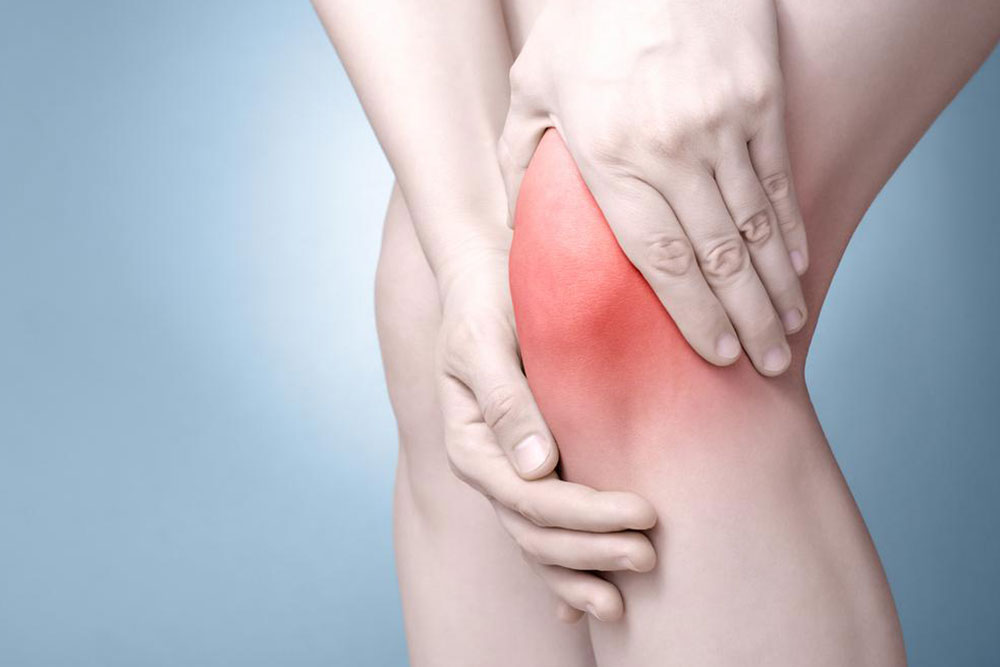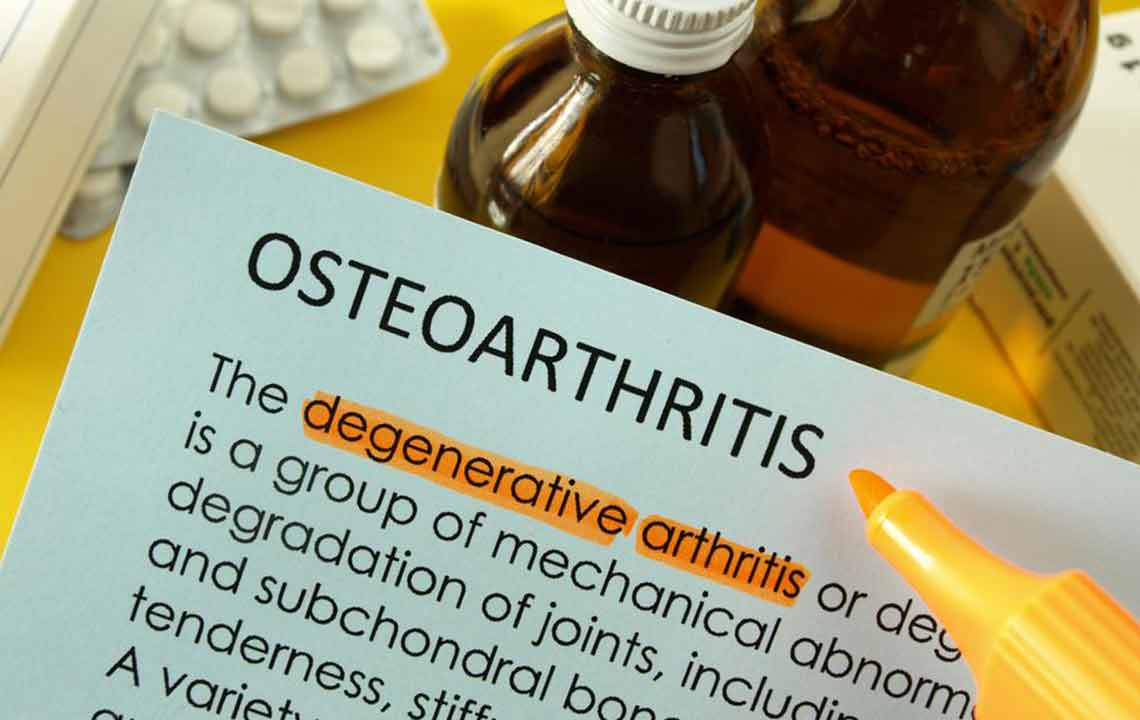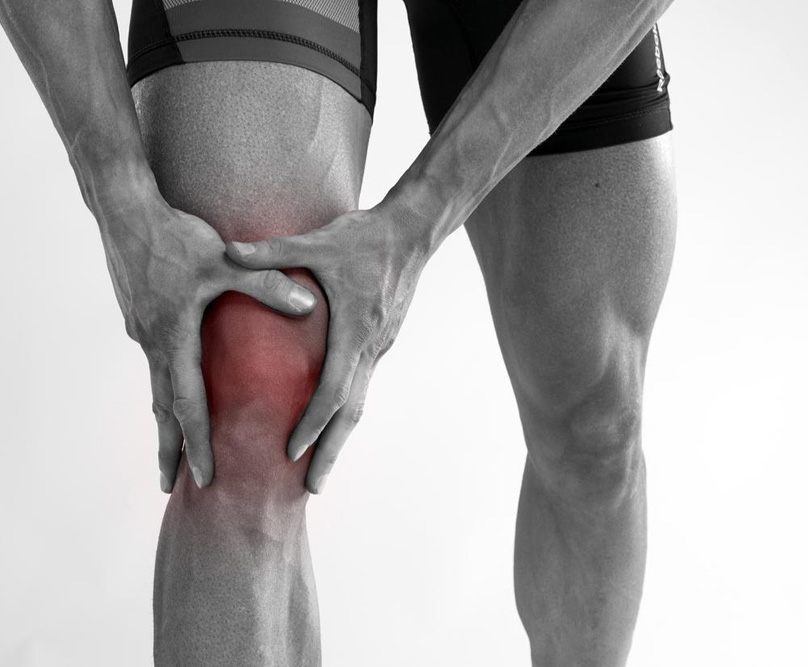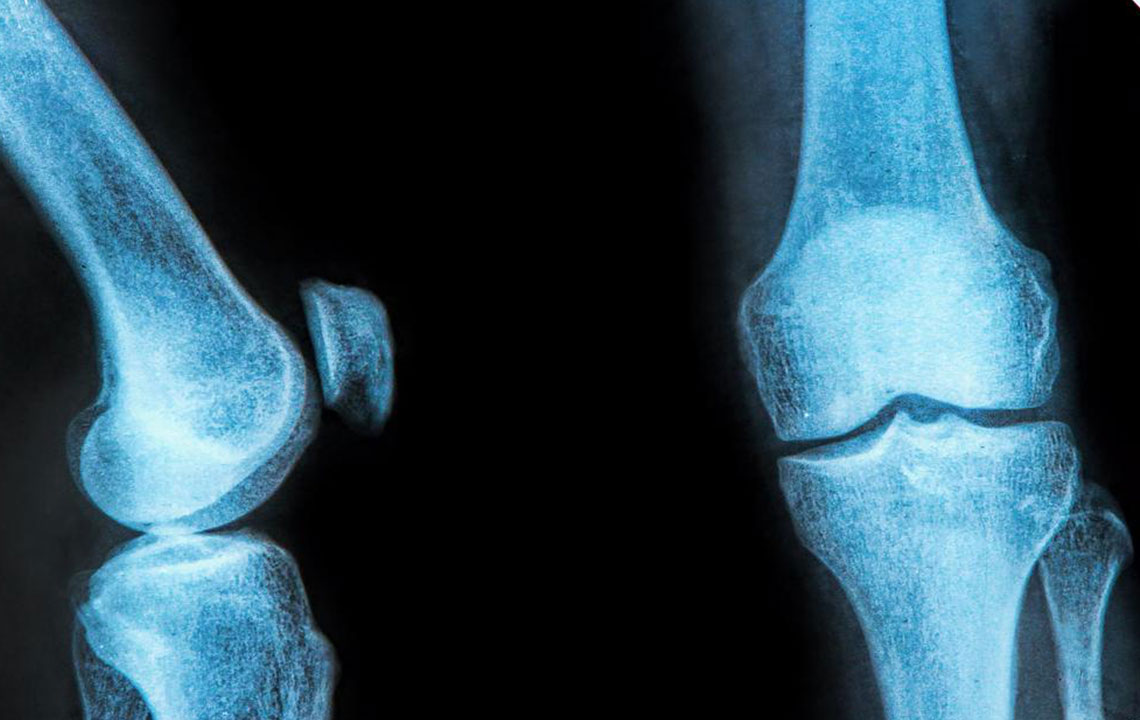Ultimate Guide to Meniscus Injury: Causes, Symptoms, and Effective Prevention Strategies
This comprehensive guide offers insights into meniscus injuries, including causes, symptoms, and advanced treatment options. It emphasizes early detection, both non-invasive and surgical treatments, and effective prevention methods to maintain healthy knee joints. Suitable for athletes and active adults, this article aims to equip readers with knowledge to manage knee health proactively and seek timely medical intervention when necessary.
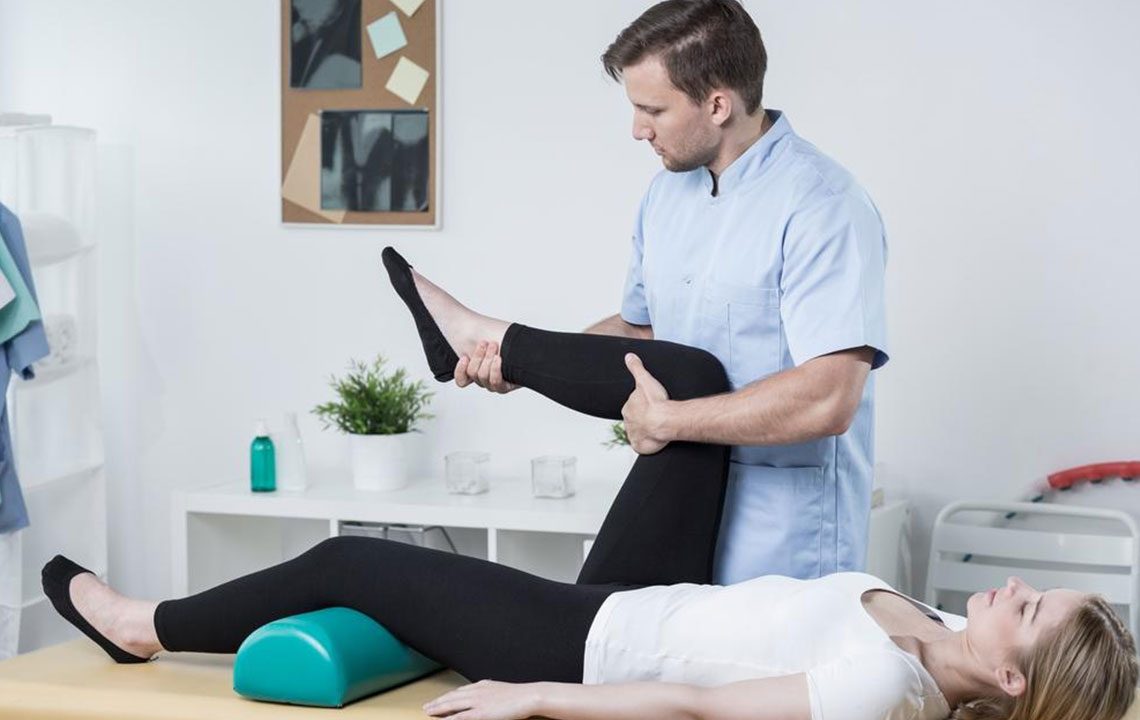
Understanding Meniscus Injuries: Causes, Symptoms, and Preventive Measures
The meniscus plays a crucial role in knee health, acting as a crescent-shaped cartilage that cushions and stabilizes the joint between the thighbone (femur) and shinbone (tibia). This vital structure absorbs shock, distributes weight evenly during movement, and supports overall knee stability. Given its function, any damage to the meniscus can significantly impair mobility, cause pain, and lead to long-term joint issues if not properly addressed. Meniscus injuries are common among athletes and active individuals, but adults involved in everyday activities are also at risk.
In this comprehensive guide, we will explore the common causes of meniscus injuries, how to recognize their symptoms early, various treatment options available, and strategies for effective prevention to maintain healthy knee joints throughout your life.
What Are Meniscus Injuries and Why Do They Occur?
The meniscus consists of two crescent-shaped pieces of cartilage located on the outer (lateral meniscus) and inner (medial meniscus) sides of each knee. These structures work together to absorb impact and facilitate smooth movement. However, they are susceptible to injury due to the nature of their function and their location within the knee joint.
Meniscus tears are one of the most common knee injuries, especially among athletes engaged in sports requiring quick pivots, turns, or abrupt stops. But they can also occur in daily activities that involve sudden twisting or hyperflexion of the knee. Understanding the root causes helps in adopting effective preventive measures and recognizing when to seek medical attention.
Primary Causes of Meniscus Tears
The leading causes of meniscus injuries include:
Twisting Movements and Rotational Stress: Rapid pivots, twists, or rotational forces applied to the knee during sports like basketball, soccer, tennis, or skiing can cause the cartilage to tear. These movements put excessive strain on the menisci, especially if the foot is planted firmly on the ground while the knee rotates.
Sudden Bending or Flexion: Quick or awkward bending of the knee during activities or accidents can lead to tears, particularly when combined with twisting forces.
High-Impact Activities: Sports that involve jumping or landing from heights stress the knee joints repeatedly, increasing wear and tear or causing acute injury.
Degenerative Changes with Age: As individuals age, the meniscus tissue becomes less resilient and more prone to tearing due to gradual degeneration. Older adults over 30 are at higher risk, especially if they have pre-existing conditions like osteoarthritis.
Pre-existing Knee Conditions: Conditions such as osteoarthritis or previous injuries weaken the meniscus and make it more vulnerable to tears from minor stresses or movements.
Recognizing the Symptoms of Meniscus Injuries
Early detection of meniscus damage is key to effective treatment. The symptoms can vary based on the severity and location of the tear, but common signs include:
Localized Pain: Sharp or dull pain around the knee, especially along the inner or outer edges, often intensifies with movement or pressure.
Swelling and Stiffness: Visible swelling within the joint, often accompanied by limited mobility and stiffness, hampers daily activities.
Difficulty Bending or Straightening the Knee: Range of motion decreases, and attempting to fully bend or extend the knee may be painful or impossible.
Locking or Catching Sensations: Some individuals experience a failure to straighten or bend the knee fully, feeling the joint catch or lock during movement.
Weakness and Instability: The knee may feel weak or unstable, with a tendency to give way under weight, increasing the risk of falls or further injury.
The severity of symptoms generally corresponds to the extent of the tear:
Minor Tears: Mild pain and swelling resolving within a few weeks, possibly without significant functional impairment.
Moderate Tears: Pain on the sides of the knee, increasing swelling, stiffness, and difficulty moving the joint, lasting from one to two weeks if untreated.
Severe Tears: Joint locking, loud popping sounds, inability to straighten the knee, and sudden weakness, with swelling appearing rapidly and symptoms persisting or worsening.
If persistent or worsening symptoms occur, it's imperative to consult an orthopedic specialist promptly to prevent further damage.
Effective Treatment Strategies for Meniscus Injuries
Once diagnosed, treatment options depend on the severity and location of the tear, the patient's activity level, and overall health. Approaches generally fall into non-invasive and surgical categories.
Non-invasive (Conservative) Treatments
This initial approach typically includes:
Rest and Activity Modification: Avoid putting weight on the affected knee; rest helps reduce inflammation and prevent further tearing.
Ice Therapy: Applying ice packs for 15-20 minutes every few hours helps reduce swelling and alleviates pain.
Compression and Elevation: Using elastic bandages or knee sleeves provides compression to limit swelling. Elevating the leg above heart level aids fluid drainage.
Knee Braces and Supports: Wearing a supportive knee brace stabilizes the joint during daily activities or sports.
Physical Therapy: A tailored workout plan focusing on stretching, strengthening muscles around the knee, and improving joint mobility facilitates recovery.
When Surgery Is Necessary
If conservative methods do not relieve symptoms or if the tear is severe, surgical intervention may be warranted. Common procedures include:
Meniscus Repair or Suturing: Stitching the torn cartilage back together if the tear is in a region with good blood supply, typically the outer zone.
Partial Meniscectomy: Removing the damaged part of the meniscus while preserving as much healthy tissue as possible.
Full Meniscectomy: Removing the entire meniscus, usually a last resort due to the increased risk of osteoarthritis later in life.
Surgical procedures are often performed via arthroscopy, a minimally invasive technique involving small incisions, an inserted camera, and specialized instruments to repair or remove damaged tissue. This approach minimizes tissue trauma, speeds up recovery, and reduces complications.
Postoperative Care and Recovery
Success after surgery depends heavily on adherence to postoperative guidelines. Key aspects include:
Gradual Mobilization: Starting with gentle range-of-motion exercises after surgery boosts healing without stressing the joint.
Physical Therapy: Targeted physiotherapy accelerates strength rebuilding, restores flexibility, and prepares the patient for return to activity.
Avoiding High-Impact Activities: Running, jumping, and squats should be avoided initially to prevent re-injury.
Follow Medical Advice: Regular follow-up visits and exercise routines prescribed by healthcare providers ensure optimal recovery.
The healing timeline varies depending on tear location and patient health. Outer meniscus tears with better blood flow tend to heal more quickly, often within a few weeks, whereas inner tears might take longer. Proper warm-up before sports, avoiding sudden movements, and wearing protective gear can help prevent future injuries. With proper management and care, many patients regain full knee function and return to their normal activities.

